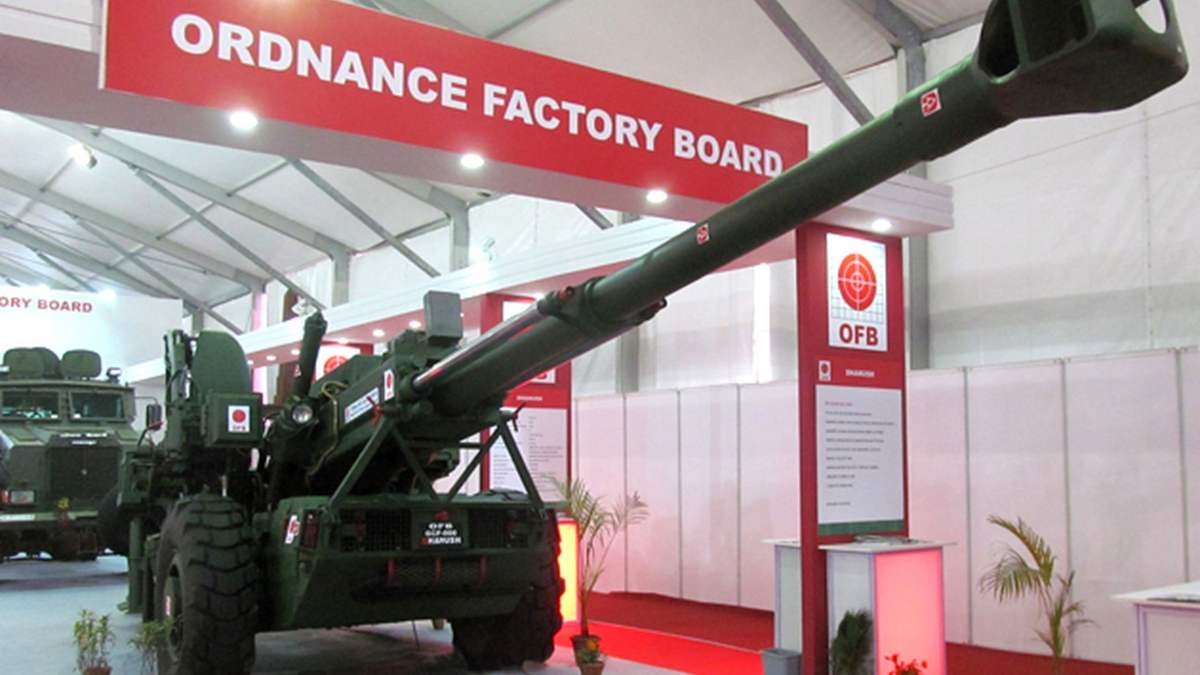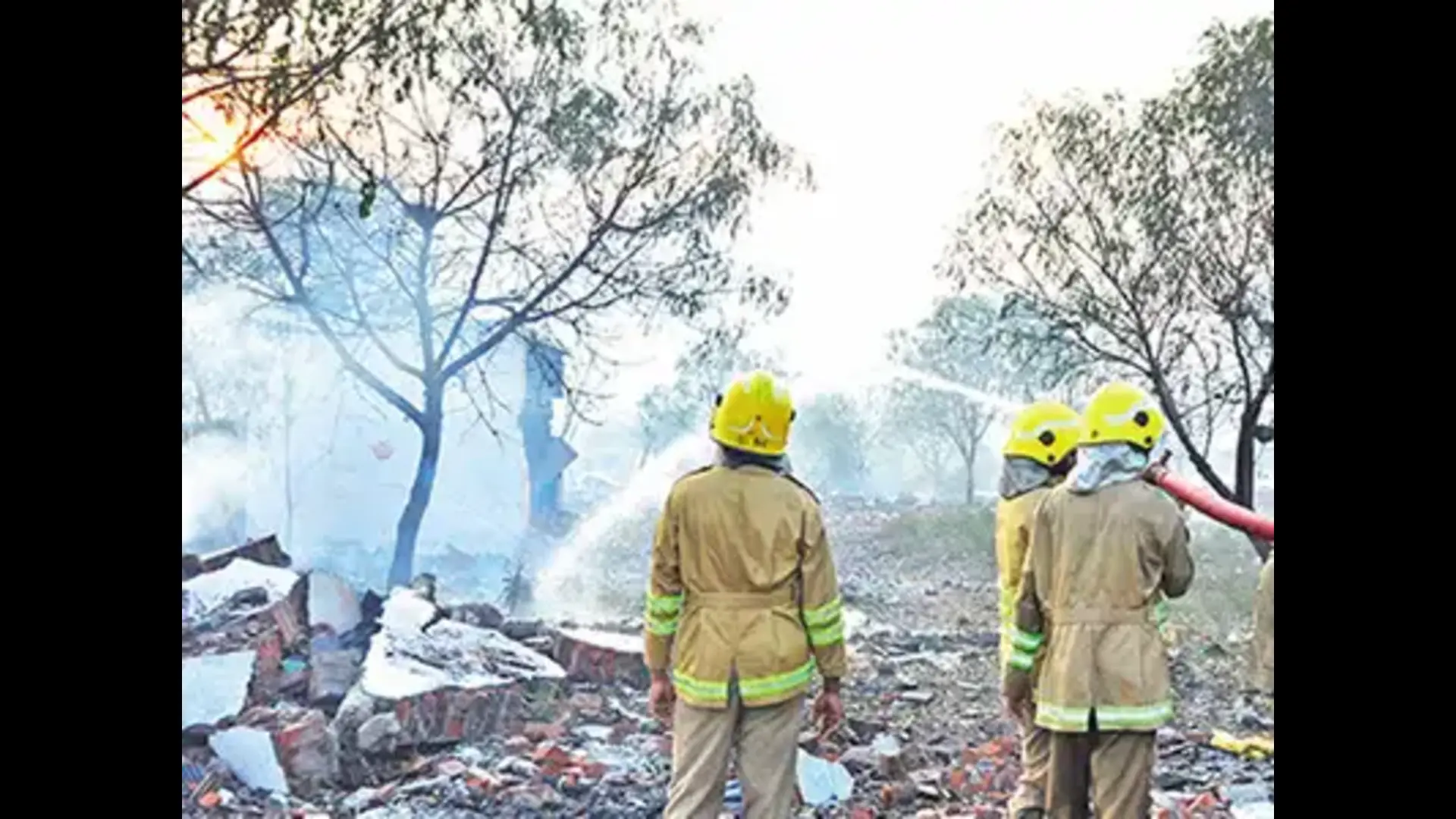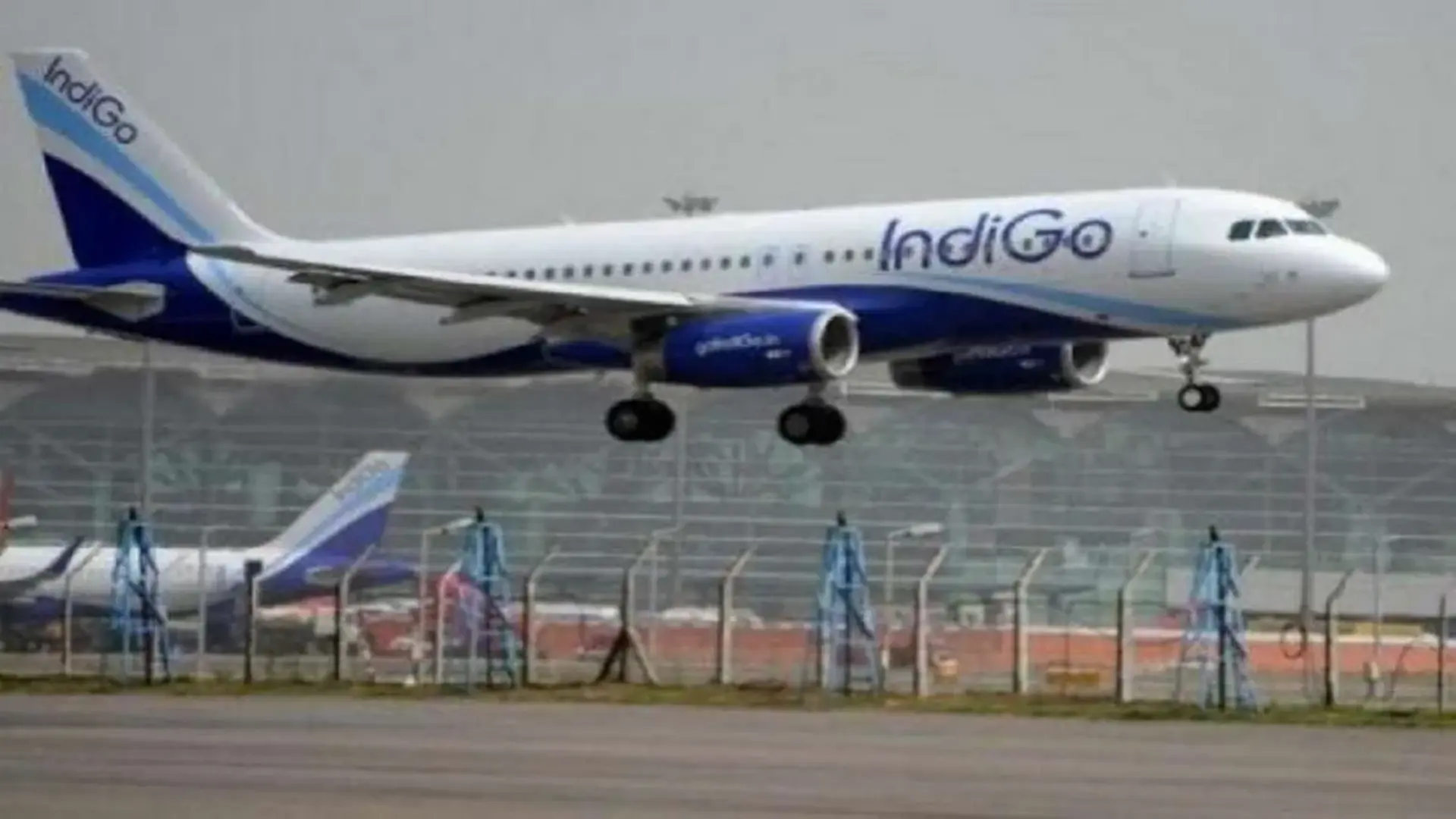The corporatisation of the Ordnance Factory Board (OFB) will put the ailing institution on par with other defence public sector undertakings managed by its own board of directors with broad guidelines from the government, a top source in the Ministry of Defence was quoted as saying by IANS on Tuesday.
The government expects the turnover of OFB post corporatisation to annually rise to Rs 30,000 crore by 2024-25, against existing Rs 12,000 crore. The government said that post corporatisation, OFB will be allowed to forge partnerships with the private sector as per the Defence Ministry’s approved policy and will continue to receive orders from the country’s security forces. It will also be granted a special preference of 15 per cent above lowest price for ‘Make’ and ‘Buy and Make’ category products. The Centre will support OFB in case of losses, by way of loan for 30 per cent of the total shortfall, and by way of equity investment for balance 70 per cent of the amount. “The working capital for the next five years will be provided by the Department of Defence Production (DDP) as a one-time corpus fund. Capital investment for ongoing and sanctioned projects will also be provided,” the ministry said.
Being an arm of the government, the OFB and its factories cannot retain profits, and do not have any incentive to make any. So, OFB in its present structure of a departmental organisation may not be appropriate for carrying out production activities and competing with rivals in the private sector who have all the managerial and technical flexibility,” a Defence Ministry official said.
The government constituted an Empowered Group of Ministers (EGoM) on 11 September to oversee the corporatisation of the OFB. Defence Minister Rajnath Singh said that the process of corporatisation of the OFB would be completed in one year.
India’s armed forces, being the biggest customer of ordnance factories, are likely to benefit immensely from corporatisation with better pricing and improved product quality.
Apart from better management of its functioning and timely delivery and better quality supplied by factories, after corporatisation, there would also be competitive pricing. At present, a cost plus mechanism is followed by OFB to fix the prices. “In this system the price is fixed by taking maximum estimated cost plus 20 per cent to cater for contingencies which are further raised by another 8 to 15 per cent next year,” IANS quoted a senior government officer as saying. It is expected that corporatisation will lead to reduced and competitive pricing, since OFB will be competing with private players in defence industry, albeit with some advantages.
“OFB is unable to run the factories from its own profits. OFB officers look at the Army as their captive customer irrespective of shortfalls in quality, delayed supplies, costly products and indifference to complaints,” said an officer.
Further, factories operate on ‘No Profit No Loss’ basis. The products are supplied at a price that includes actual cost of production. But actual cost of production is very high because all non-production expenditure is added to the pricing making the products extremely expensive. Captive consumers have no choice due to government policies. The cost of production includes cost of material, cost of direct labour and overhead costs. The high pricing of OFB items is mainly attributed to the high percentage of overhead costs.
Post corporatisation, there would be flexibility in technology acquisition. OFB will be free to form strategic alliances with Indian and overseas companies to boost innovation and develop new products. The factories, if modernised and managed properly, will be able to unlock its true potential and be the main key in the ‘Make in India’ project. Also, OFB may no longer be dependent on the government for funding as it will be able to generate funds through other means like being listed on the stock exchange similar to other DPSUs.
At the time of Independence, India inherited all 18 ordnance factories established by the British, while Pakistan got none. Currently, the OFB has 41 factories, 13 development centres and 9 institutes of learning.
With IANS inputs






















